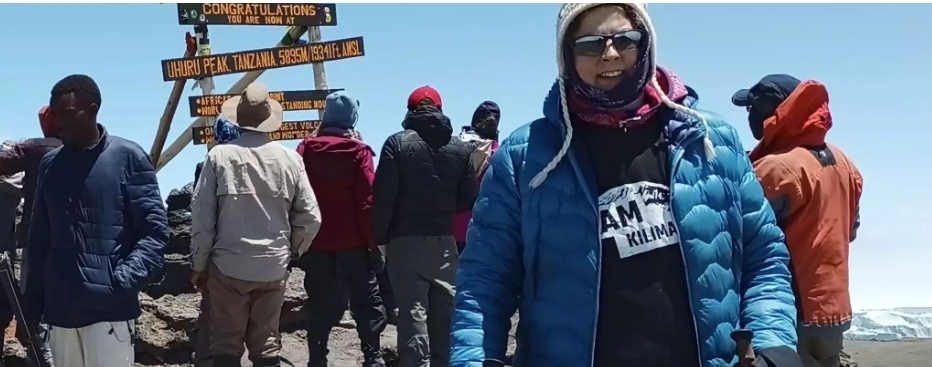Innovation and exploration share the same DNA. Both start with curiosity, demand endurance, and end in transformation. Whether you’re scaling a physical peak or breaking technological ground, the journey to the top follows a familiar path — vision, iteration, and resilience.
Standing on Africa’s highest summit may seem a world away from coding labs and data centers, but the mindset is identical. The climb is simply innovation expressed through motion.
Climbers who ascend with the Official Kilimanjaro climb experts experience first-hand what every tech pioneer knows: progress happens one deliberate step at a time — through patience, precision, and constant adaptation.
The Blueprint for Progress
Just like startups prototype their way to success, mountaineers design and test their route. Every expedition is a system — planned logistics, controlled variables, and measured results. The difference between a failed summit and a historic climb isn’t luck; it’s iteration.
Technology evolves through updates; climbers evolve through acclimatisation. Both demand feedback loops. Neither can rush the process.
A Kilimanjaro trek planning guide shows this beautifully: the best climbers follow a gradual ascent schedule, allowing time to adapt. It’s the same logic behind scaling servers, building software, or deploying a new AI model. Controlled growth always outperforms forced acceleration.

Systems Thinking at Altitude
At its core, climbing is applied engineering. Gear selection, body performance, and route mapping work as components of an integrated design. Efficiency is everything. The mountain is a live environment — unpredictable, like an open network under load.
Those who succeed aren’t necessarily the strongest, but the most systematic. They debug in real time, adapt to new conditions, and optimize every step to maintain balance.
Endurance Is the New Innovation
Tech moves fast — but staying power defines who survives the climb. Endurance is the quiet currency of innovation. It’s what separates those who release an app from those who build an ecosystem.
The summit, like a successful product launch, is a checkpoint, not a finish line. The real test begins when you have to sustain that altitude — keeping your systems, your energy, and your vision aligned at scale.
The View from the Top
At Uhuru Peak, the world curves beneath your feet. For many climbers, that view reframes ambition itself. You realize that technology, like mountains, isn’t about dominance — it’s about discovery.
The future belongs to those who can keep climbing: coders, entrepreneurs, and creators who thrive in uncertainty, guided by curiosity and patience.
So whether your summit is a startup, a breakthrough, or a literal mountain, remember — progress is never instant. It’s built the same way Kilimanjaro is climbed: step by step, line by line, until vision becomes reality.





